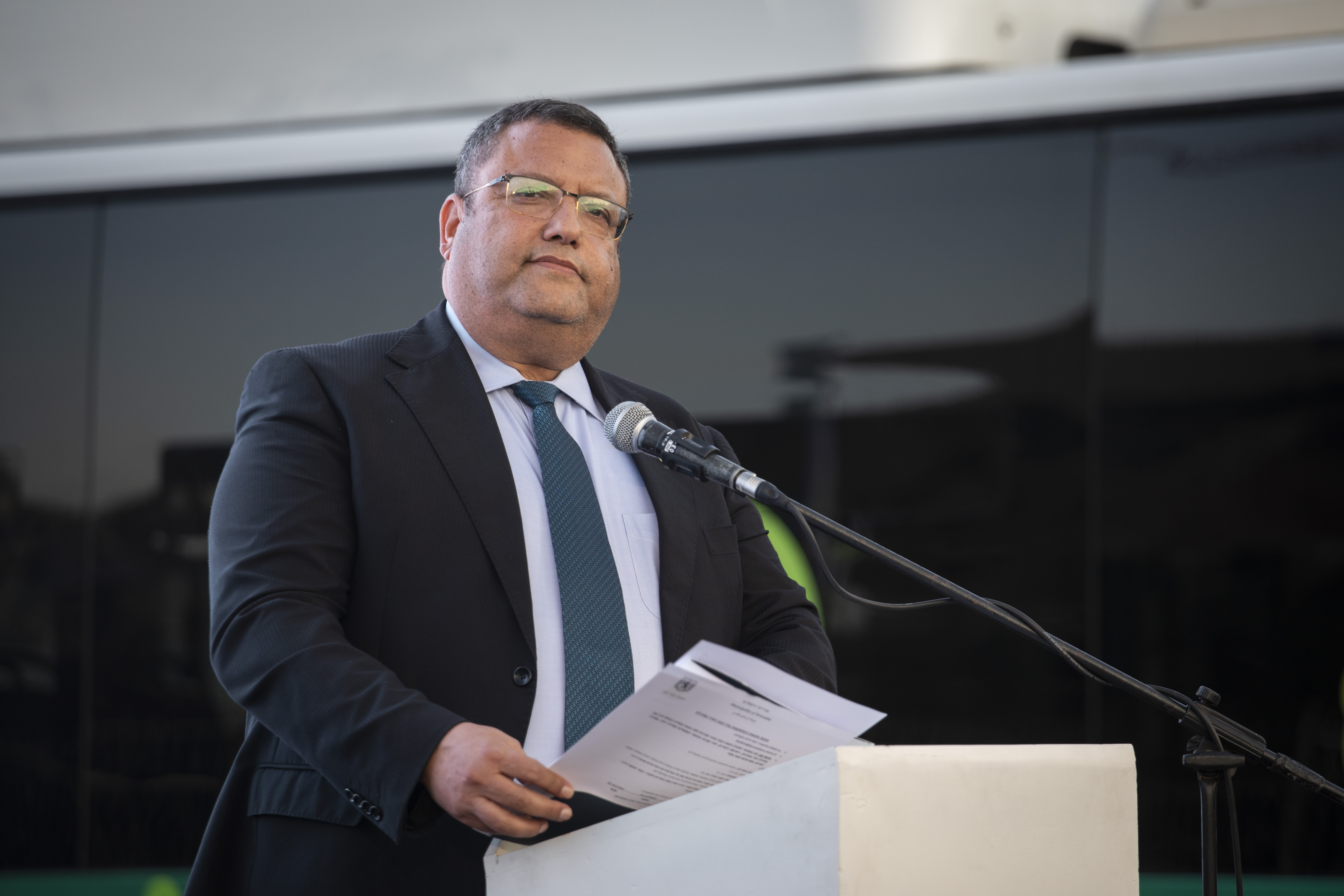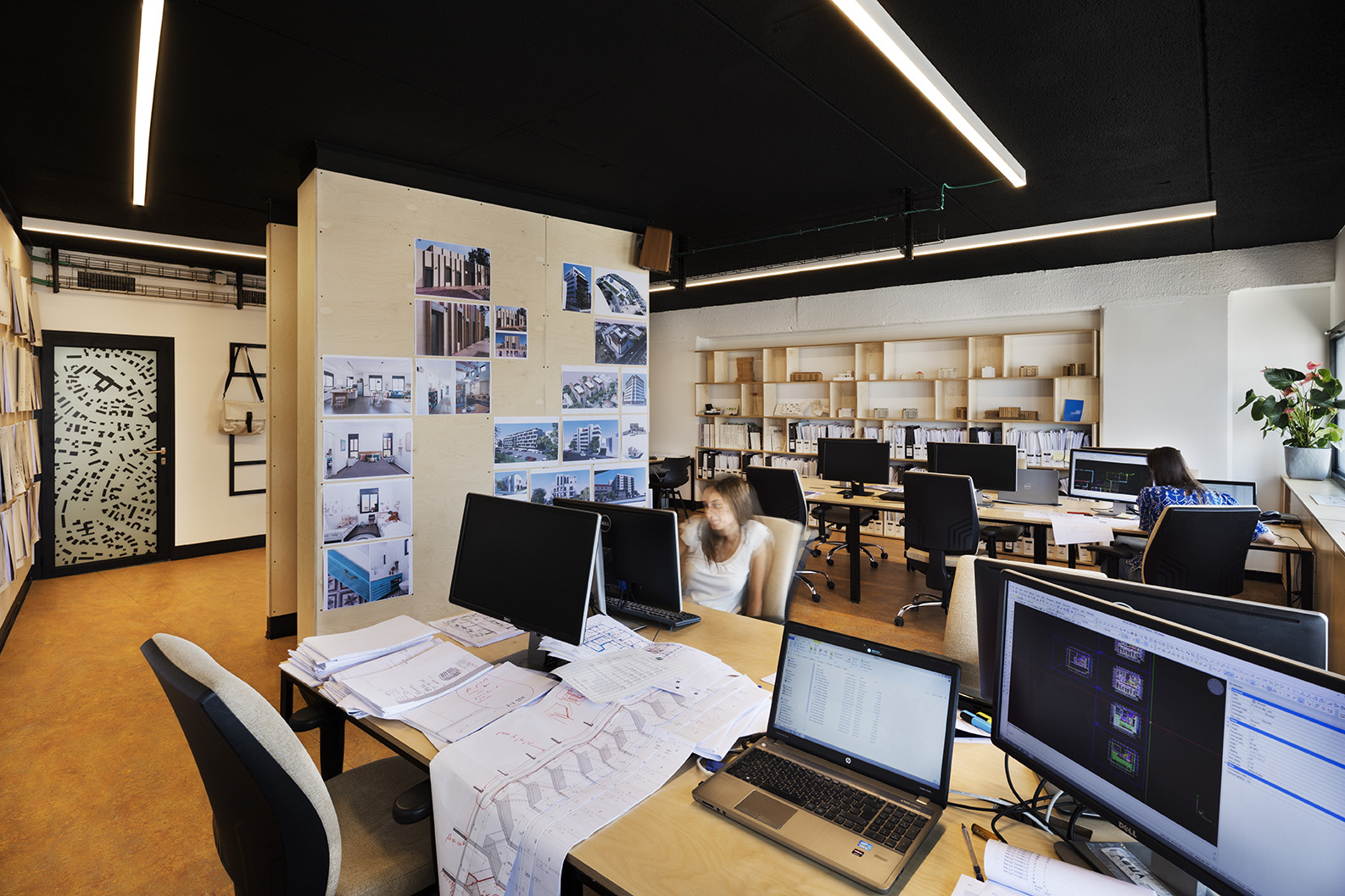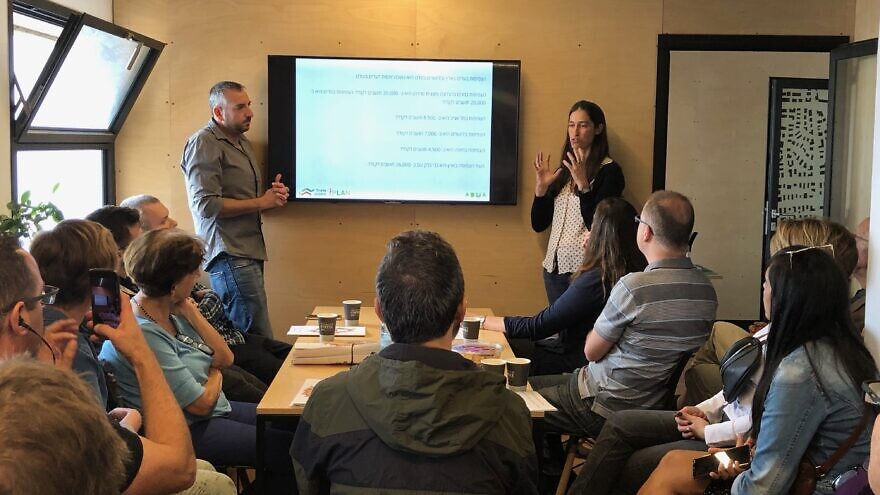Jerusalem’s “Open House” festival last weekend offered hundreds of free tours open to the public, marking its 13th consecutive years since the launch of the festival around Israel’s capital city.
Initiated by the Jerusalem Development Authority, the Ministry of Jerusalem and Heritage, and the Municipality of Jerusalem, the festival included tours and rare visits to many of the most fascinating structures of the city, some of which were open to the public for the first time.
Some of the tours included Bauhaus-style buildings; a penthouse in the German Colony; an orphanage-turned British army base, turned-Haganah, turned-Israel Defense Forces base; the Mamilla area’s graffiti art; an urban nature park; a Russian Orthodox village in Ein Kerem; the Albert Einstein archives at the Hebrew University; the Botanical Gardens; exhibits and tours marking 100 years of Armenian ceramics in Jerusalem in cooperation with the Israel Museum and the Ben-Zvi Institute; behind-the-scenes tours at Shaare Zedek Medical Center; the Knesset; the Western Wall; and more.
“Every structure and neighborhood tells the unique tale of the city of Jerusalem,” said Jerusalem Mayor Moshe Leon. “The ‘Open House’ project allows a sneak peek into the architectural wealth and the one-of-a-kind story of the multicultural communities as they receive expression not only via the city’s structures and act as a major factor for the flourishing state of the city, whether it be urban structure, business or trade, reconstruction and preservation of old and new neighborhoods, but can also be seen in the cultural and artistic growth of Jerusalem.”

The weekend of open houses joined the series of weekend tours by international organization “Open House World Wide,” taking place in New York, London, Chicago, Rome, Barcelona, Melbourne, Dublin, Helsinki and more.
The festival represented part of a combined effort to develop international tourism in Jerusalem, which has in recent years has increased by 47 percent, in addition to the aim of bringing new crowds who share an interest in architecture, design, lifestyle, history, culture, technology, ecology and preservation.
Perhaps one of the most relevant open houses for Jerusalem residents was “Jerusalem 2050,” hosted at the offices of ADMA Architecture Studio in the Clal Center, which focused on the densification capacity policy along the light-rail lines, which ADMA has been entrusted with planning. Their proposed plan provides a solution for the anticipated growth in Israel’s population, which is expected to double by 2050 and reach 20 million.
‘Lively and full urban areas’
At their open house, firm founders Moran Amikam and Amos Darr reviewed their plan to address urban densification and renewal in existing cities, coupled with the conservation of open spaces and high-quality urbanism, all while preserving the cultures, identities and rhythm of each neighborhood, as well as the entire city’s “real, romantic, functional and golden stone settings.”
“We don’t need to give up open spaces nor tear infrastructure down to make the city denser,” they told JNS, adding that density makes cities more “lively and full urban areas with more public transportation.”
After their schooling in Israel, Darr and Amikam worked in various European architecture firms, bringing back to Israel the “green” way of thinking, in which “everything is planned and nothing is wasted.”

They described the theoretical background of capacity planning and examined densification options in the city—high-rise towers or mid-rise construction—followed by a discussion about the densification policy that was approved this year.
“Designing is all about balance—whether its money, space or politics—and with everything built according to the neighborhood’s individual and cultural needs,” Amikam told JNS.
“Architecturally, this city is not just one city; it’s really three cities,” she explained. “You have eastern Jerusalem with its business center, west Jerusalem’s secular city center and an ultra-Orthodox center that are all working in parallel with their various cultural differences that can be easily seen through their differing architecture.”
Participating in the Open House festival, Amikam said, allowed them to “open the minds of people who are not everyday planners and designers about the complexity of the process of building, which she said “is easy to criticize, but harder to understand the different variables.”
“A lot of people don’t like changing their environment, but when we start explaining why and how we are doing what we are doing, they understand more,” she maintained. “If you think about the needs of the city and country, and not just the individuals, [decision-making and planning] becomes different. If we can think of building Jerusalem in that way, people will be more accepting of the changes—or at least understand that they must come.”


























